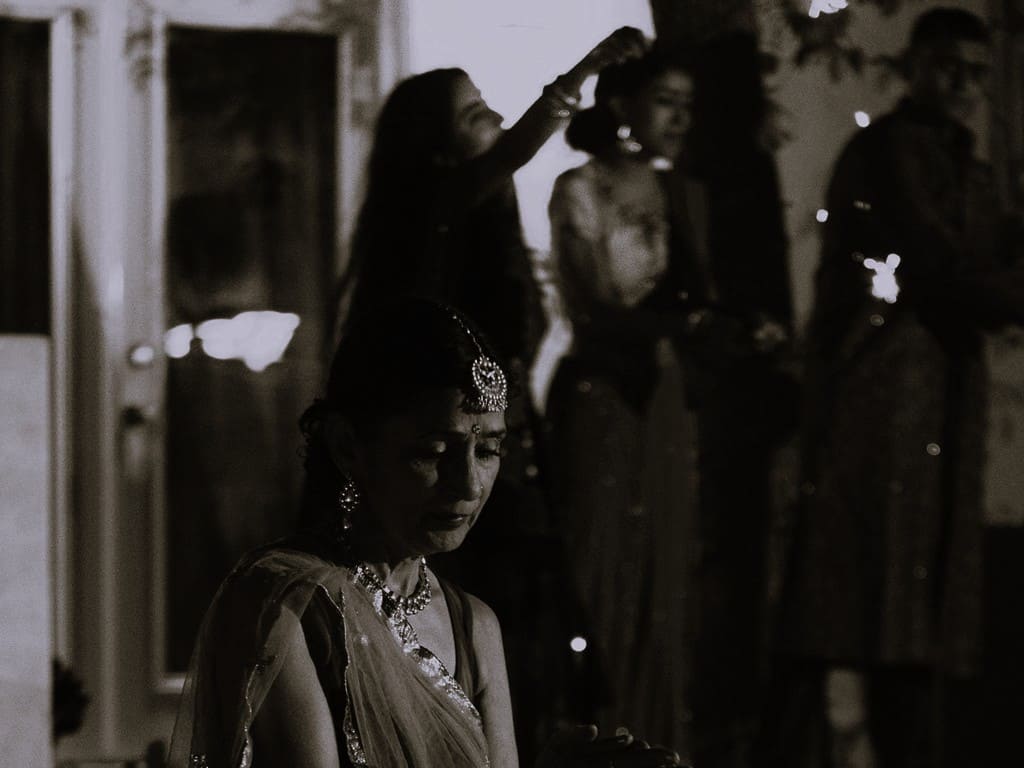The Indian community is a growing minority in New Zealand, making up the second largest group in the category ‘Asian’ after Chinese communities.
You can watch a short video (4.38), excerpted from the TV Series Here to Stay about Indians in New Zealand. by clicking on the link. I talk about my parents’ decision to migrate and the experience of arrival: Ruth DeSouza: Arriving in New Zealand.
I’ve also provided a very brief background of Indian migration to New Zealand from an article I wrote: DeSouza, R. (2006). Researching the health needs of elderly Indian migrants in New Zealand. Indian Journal of Gerontology, 20 (1&2), 159-170.
The 2006 Census found that European New Zealander’s make up 67.6% of the population of people in New Zealand, 14.6 % of people as Māori. Pacific Peoples make up 6.9% of the population, Asians 9.2% and Middle Eastern, Latin American & African people 0.9%. The Census also found that 11.1% of people identified themselves as New Zealanders (Statistics New Zealand, 2006). Within the Asian group, Indians had the highest percentage increase in population between 2001 and 2006 increasing from 62,190 to 104,583 a 68.2% increase. The previous Census of 2001, found that Indian-New Zealanders were highly qualified and more likely to receive income from wages and salaries than the total New Zealand population and as likely as the overall New Zealand population to receive income from self-employment thus Indians have the second highest median annual income among the Asian ethnic groups, are involved in white collar employment and, at 77%, had the highest labour force participation rate of all the Asian ethnic groups (Statistics New Zealand, 2002a). A relatively high level of home ownership (41%) was also found. This profile of Indian New Zealanders is a recent development, early Indian migration was primarily derived from two rural areas of India, Gujarat and Punjab, and arrivals were mainly traders, farmers, artisans or small businessmen (Tiwari, 1980).
The Indian connection with New Zealand began in the late 1800s through Lascars (Indian seamen) and Sepoys (Indian soldiers) on British East India Company ships that brought supplies to the Australian convict settlements. The earliest Indian to arrive in New Zealand is thought to have jumped ship in 1810 to marry a Mâori woman. The Indians that followed came mainly from Gujarat and Punjab, areas of India which had been exposed to emigration, and were driven by economic factors. Initially Indians were considered British subjects and could enter New Zealand freely. This changed with the passing of the Immigration Restriction Act 1899.
Indian migration increased until 1920, when the New Zealand Government introduced restrictions under a ‘permit system’ (Museum of New Zealand: Te Papa Tongarewa, 2004). In 1926, the White New Zealand League was formed as concern grew about the apparent threat that Chinese and Indian men appeared to present in terms of miscegenation and alien values and lifestyle. Discrimination against Indians manifested in restrictions around joining associations and accessing amenities such as barbers and movie theatres. By 1945, families (mostly of shopkeepers and fruiterers) were getting established and marriages of second-generation New Zealand Indians were occurring. As well as Gujuratis and Punjabis, smaller numbers of Indians came from locations such as Fiji, Africa, Malaysia, the Caribbean, North America, the United Kingdom and Western Europe. The proportion of Fiji-born Indian immigrants to New Zealand rose significantly as a result of the Fijian coups of 1987 and 2000 (Swarbrick, 2004).
